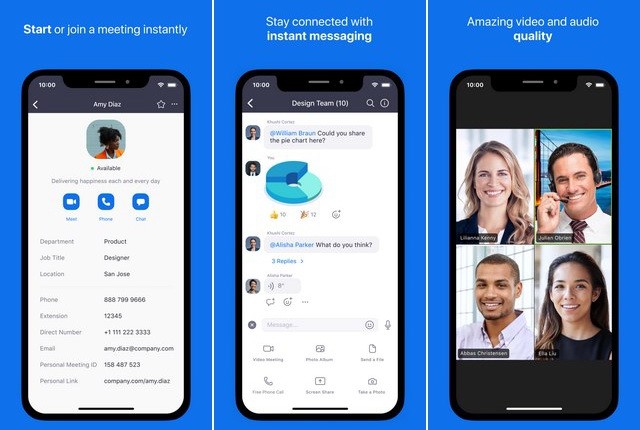

Sixty-six percent of those individuals report they prefer video conferencing to other communication tools during recruitment.Īnd with more employees craving choices – the option to work from where they want – this seems more relevant than ever. There’s a lot more to explore, so I will do that in the sections below as I look at the current state of video conferencing tools in 2023 and what you might expect this year.Īccording to Gartner research, 86% of companies now conduct interviews online – leveraging video conferencing tools for a pivotal portion of the employee experience.

And studies show that a phenomenon known as “ Zoom fatigue ” remains a top concern for employees and employers – making a case for balance when leveraging video conferencing tools. Nearly that same amount of individuals believe while a popular tool – not all meetings require using video. Video remains a pivotal component in that toolbox for remote workers looking to connect with global teams – although not all meetings require video.Īccording to Dialpad, roughly 83% of employees claim to spend a third of their week in meetings. Today, the technology continues to fill out (so to speak), and the use cases appear near endless – especially as employees continue to demand the option for hybrid work. That included automatic/real-time translation, end-to-end encryption (a feature introduced by providers like Zoom), and even large-scale event hosting capabilities. Nonetheless, the Pandemic ensured UCC tech developers would introduce (a myriad of) advanced features for more enterprise use cases.

With various variations of the Covid-19 virus still lingering – this is a trend we can expect to continue for those most susceptible to the virus – vital medical appointments held virtually. Cisco and others in the industry breathed new life into the concept of telemedicine, adding functions that increased security (as well as) confidentiality.Ĭisco’s Webex offering even tapped augmented/virtual reality so doctors, nurses, and other healthcare professionals could better diagnose problems. In areas like telemedicine, the technology proved invaluable.Īlthough it had previously long been used to connect doctors and patients, the technology gained a new set of capabilities via UCC firms like Cisco. Covid-19 caused video conferencing to be a part of our everyday ‘vernacular:’ increasing in both business and personal usage by as much as 500 percent in 2020, according to Trustradius data.


 0 kommentar(er)
0 kommentar(er)
